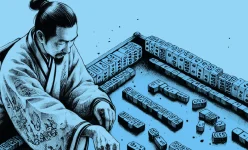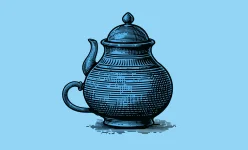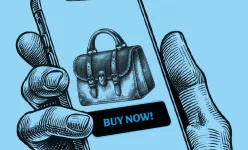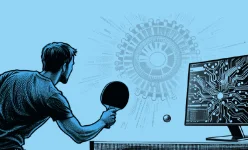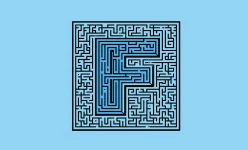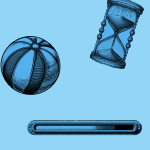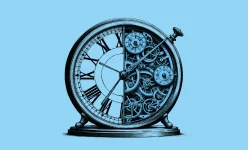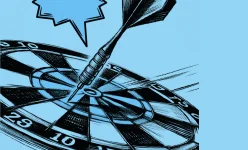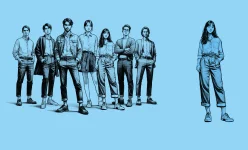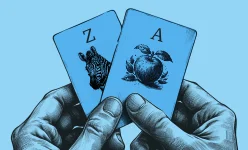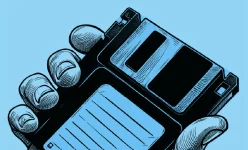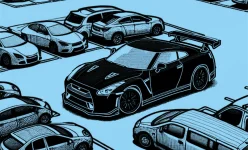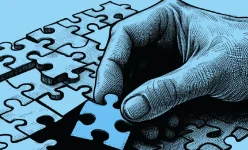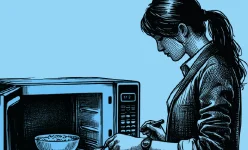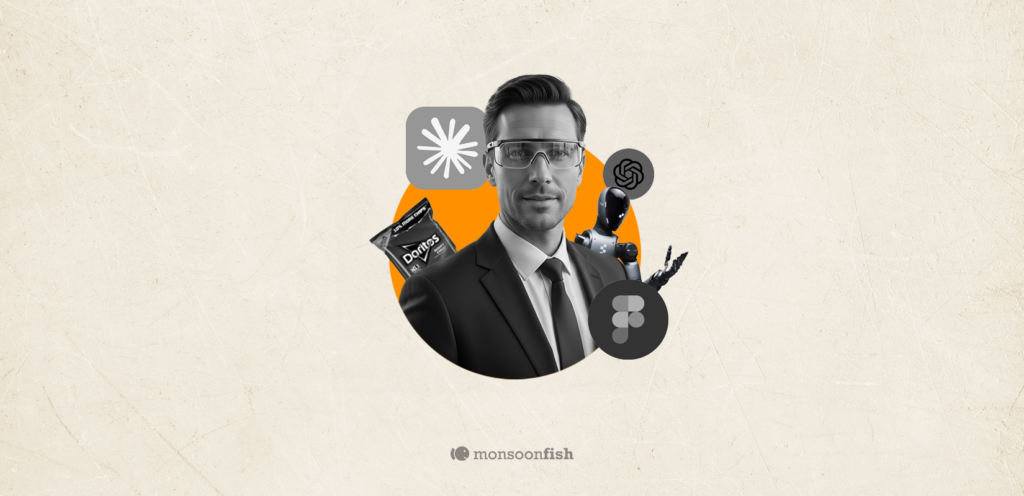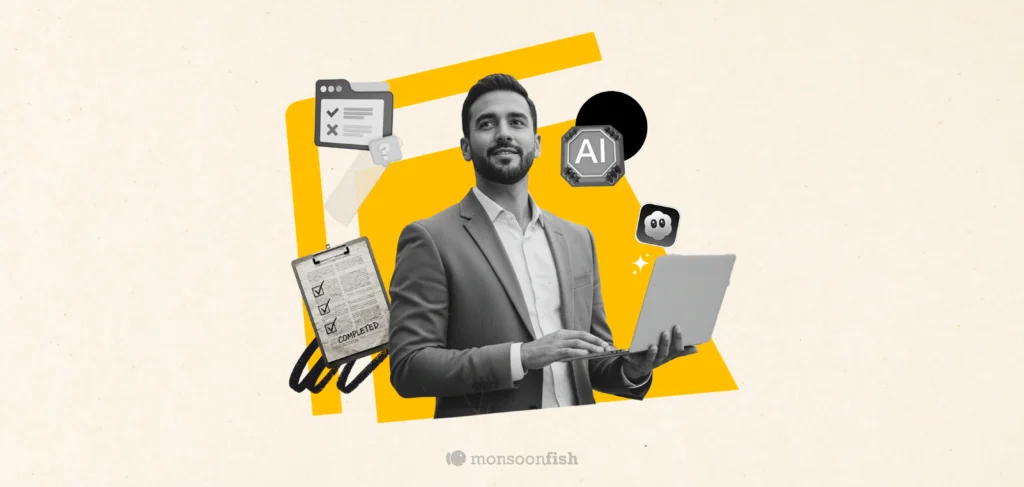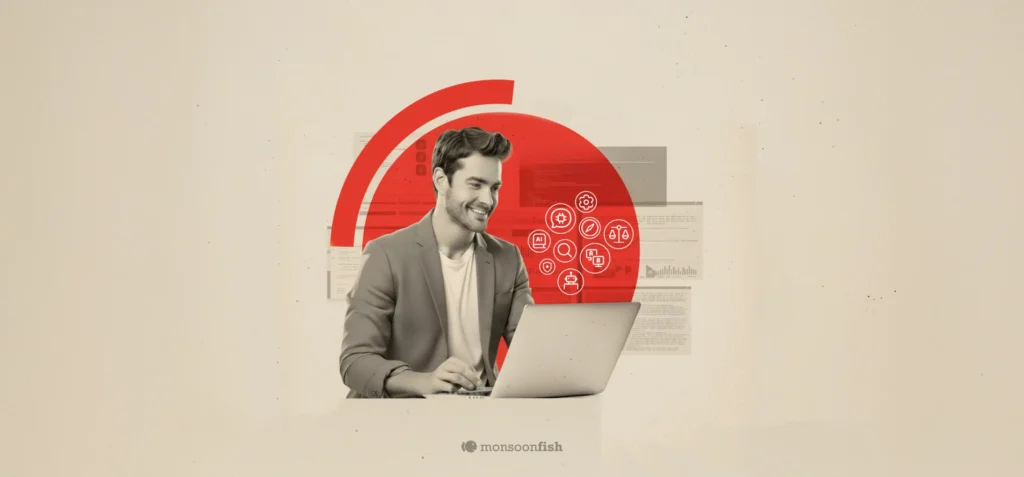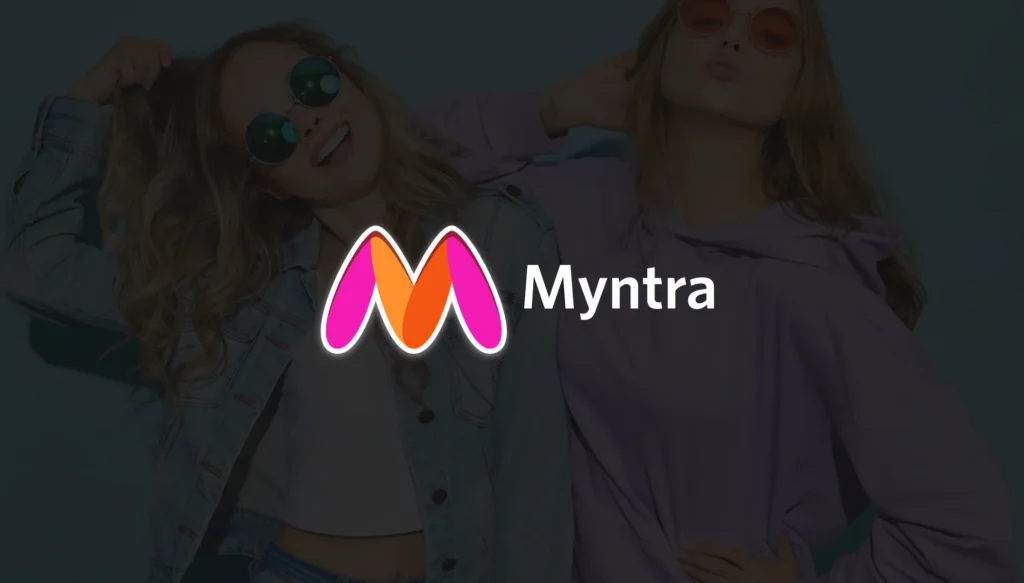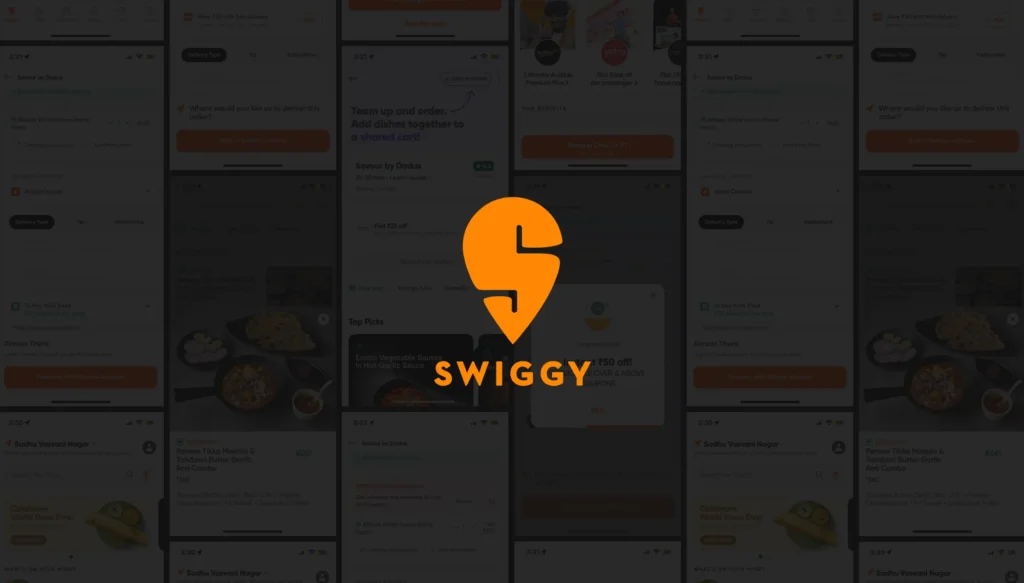Gaze Cueing
A psychological phenomenon where people tend to follow the gaze of others.
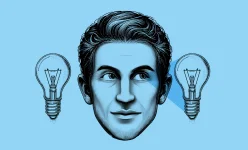
Gaze Cueing
At a busy subway station, Lilly stood in front of a massive digital billboard displaying an advertisement for a new smartwatch. The screen was filled with vibrant visuals, sleek product shots, and a model showcasing the watch on their wrist. Bright text highlighted the key features—heart rate tracking, seamless connectivity, and long battery life—but with so much happening on the screen, Priya wasn’t sure where to focus.
Then, something subtle but powerful happened. The model in the advertisement wasn’t looking straight at the camera; instead, their gaze was directed toward a button that said “Know More.” Without even thinking, Lilly’s eyes followed the model’s line of sight. It was as if someone had subtly guided her attention without using any words or arrows.
Intrigued, she tapped the same button on her mobile phone, which mirrored the billboard ad. Instantly, she was taken to the smartwatch’s product page, where she could explore more details and even place an order. She hadn’t felt pressured or overwhelmed—it had all felt natural, almost instinctive.
Later that day Lilly reflected on what had happened and she searched online to find out if it meant something. She realized she had just experienced gaze cueing in action. The ad had effectively guided her attention without using flashy animations or overwhelming text. Instead, it had leveraged something deeply ingrained in human psychology—our tendency to follow another person’s gaze.
Gaze cueing is a powerful tool in design, which uses our natural instinct to look where others are looking. Whether in advertisements, websites, or apps, subtle gaze cues can direct user attention toward important information or actions in a way that feels intuitive and engaging. By strategically using visual focus, designers can create experiences that feel effortless, guiding users toward decisions without them even realizing it.
Contents
CATEGORIES


